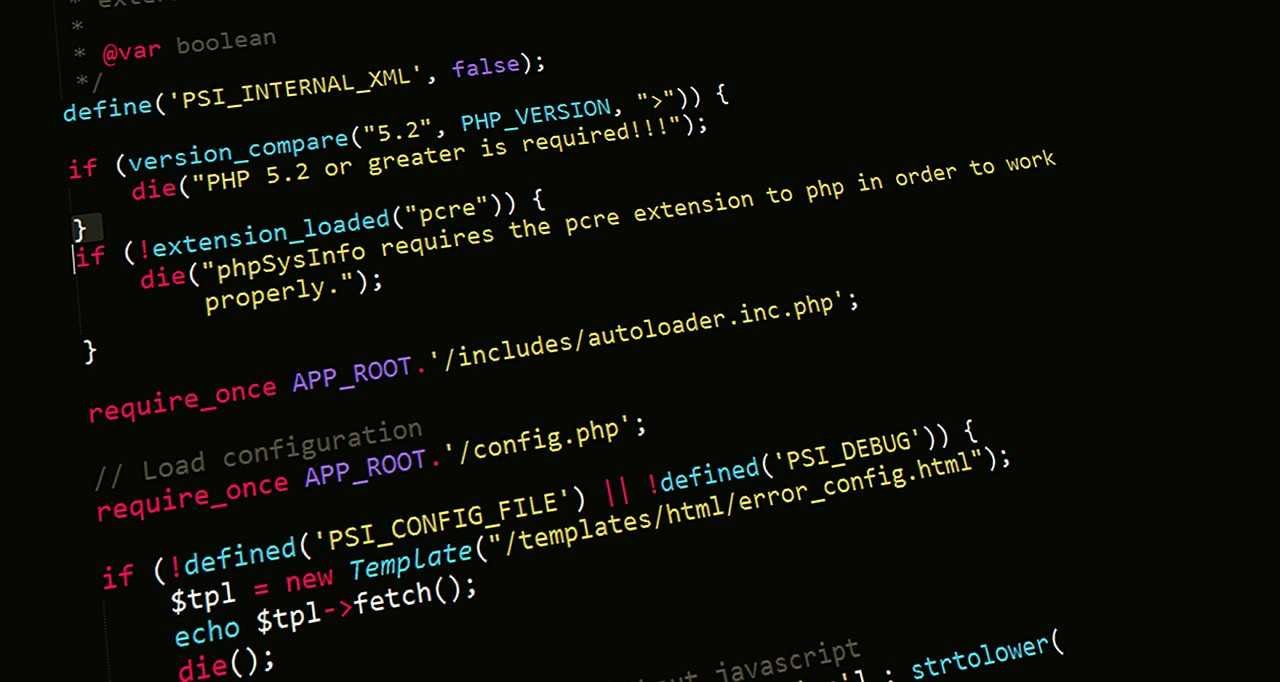MIT strikes again! The problem with slow pages has been known since the beginning of the Internet. Too many Companies, researchers and developers have worked on its solution but no one has ever been able to report a 34% success rate in reducing overall page load time. Until today.
A team of researchers from MIT's Computer Science and Artificial Intelligence Lab (CSAIL) has achieved impressive results.
The MIT team, including also a Harvard professor, has created the Polaris algorithm, which focuses on determining the right time to launch network requests to Web resources or Web resources.
The websites work in a very simple way. To access a web page, one types a URL into their browser. A DNS server redirects it to the IP address where you host the website and program browsing starts downloading the files (Web resources) stored on the server, let's say an HTML page.
Within this HTML page, there is the source code of the web page that loads different resources in CSS format, JS files, images, Flash content, and other information. Each resource of these means a separate request, which (applications) makes the user's browser.
As previous studies have shown, the problem of slow page loading is not always due to the small bandwidth, but also to the time it takes to send all network requests, the size of downloaded files, and the delays of the network itself .
How does the Polaris algorithm work?
To address these issues, MIT's Polaris framework will work by creating dependency graphs for each page on the Web, which will dictate a more efficient order in which all the resources of a page should be loaded.
Graphics are widely used today in software development, and are at the heart of some software development tools.
In fact, the Polaris framework works first as it records how the loads of a web page interact with each other. It then creates a dependency graph for each WEP page, and sends the requests in such a way that only the necessary content is loaded first.
MIT has tested Polaris in 200 different network conditions and found that load times decreased by an average of 34%. The best results were achieved on larger websites that contained many JS files.
The researchers will present the Polaris framework at the USENIX Symposium this week at the Networked Systems conference Design and Implementation.





